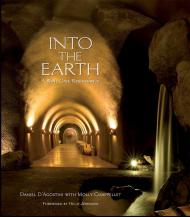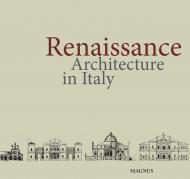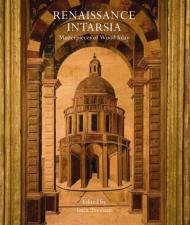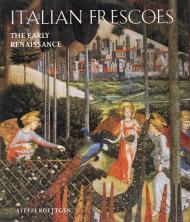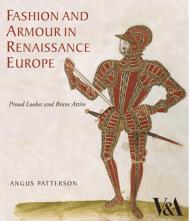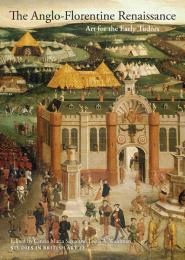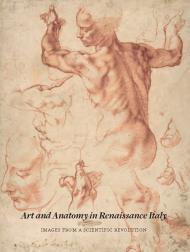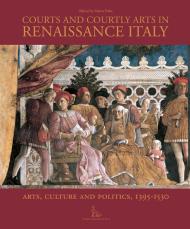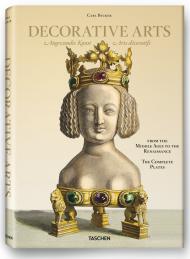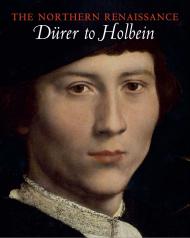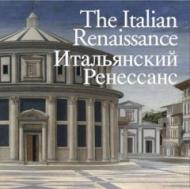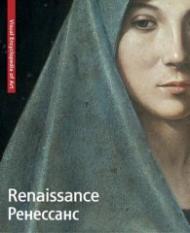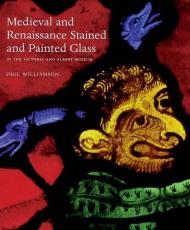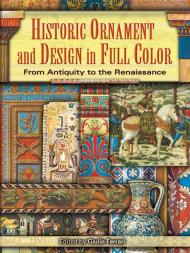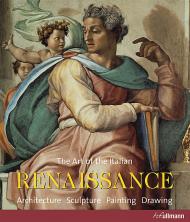Среди так называемых «малых искусств», процветавших в эпоху итальянского Возрождения, пожалуй, самым поразительным по своей виртуозности была интарсия, или инкрустация по дереву, в которой бесчисленные кусочки дерева разных пород соединялись вместе, словно пазл, создавая изысканные картины. Мастера интарсии переняли недавно разработанную технику линейной перспективы для изображения своих характерных тем, а именно городских пейзажей, рассматриваемых через арку, и иллюзионистских изображений полуоткрытых шкафов, заполненных литургическим или научным инвентарем. Поначалу эти очаровательные сцены из дерева встречались в основном в церковной обстановке — на хорах и алтарях, а также в ризницах, — но к позднему кватроченто они стали также использоваться для украшения studioli, или личных кабинетов, могущественных светских покровителей. Со временем, в чинквеченто, интарсисты начали раздвигать границы своего материала, создавая фигуративные сцены все большей сложности; Эта амбициозная, но, возможно, и донкихотская попытка соперничать с живописью привела ко многим техническим и эстетическим нововведениям, но также к отказу от естественных преимуществ интарсии и её окончательному упадку как самостоятельного вида искусства.
В этом томе группа известных итальянских историков искусства прослеживает эволюцию интарсии эпохи Возрождения, рассматривая двенадцать важнейших циклов интарсии. К ним относятся знаменитое студио Федерико да Монтефельтро в герцогском дворце в Урбино; ризница Санта-Мария-ин-Органо в Вероне, которую Вазари описал как самую красивую во всей Италии; и хор Санта-Мария-Маджоре в Бергамо, картоны для которого подготовил Лоренцо Лотто. Опираясь на новейшие научные данные и, в некоторых случаях, на вновь обнаруженные документальные свидетельства, авторы объясняют исторический контекст и иконографию этих шедевров, а также их связь с живописью, скульптурой и архитектурой того времени. Их содержательные эссе проиллюстрированы примерно двумястами новыми цветными изображениями, ставшими результатом масштабной фотокампании, проведённой специально для этой работы.
Книга Renaissance Intarsia, достойно заполнившая уникальную главу в истории искусств, станет обязательным чтением для учёных и ценителей искусства, а также мощным источником вдохновения для современных художников и мастеров.
